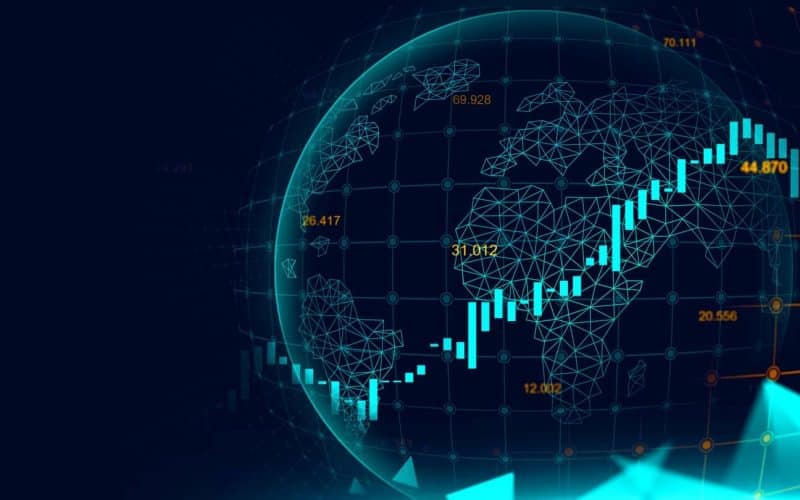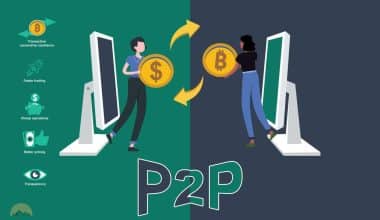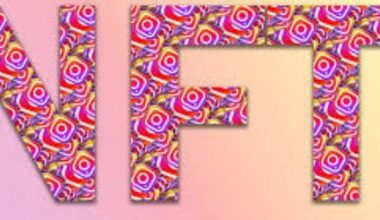If there’s one thing that is true of trading, it’s that there’s always room for improvement. When you start out making your first few trades, you are bound to make mistakes. Hopefully, when you do, you don’t lose your shirt. Most newcomers trade a small amount at the beginning, and when they get more confident and knowledgeable, they invest more and make different kinds of trades.
Even with experienced traders, there’s a need to grow and evolve. You can’t sit still, because stillness means death. For instance, if you have a strong portfolio, you might want to add more diversification to mitigate risk. Or, if you have stocks and bonds, you might expand into futures trading. What are futures? Here’s a quick guide.
What is Futures Trading?
A futures contract is one that guarantees a purchase of an asset at a set date in the future. Everything is agreed upon ahead of time, such as the price and the expiration date of the purchase. Once that date is reached, the transaction is legally required to go through. An asset can be anything, from a stock, to cryptocurrency, to oil, and everything in between. Sometimes they are used by investors to trade, but they can also be used by a party to take possession of a physical asset.
They made these trades in a futures market, which specifically exist to buy and sell futures contracts. How these contracts work is that a party will agree to sell the asset and deliver it on a certain date. The buying party will agree to the price in advance and is obligated to complete the sale on that day. It works like a cash-on-delivery shipment, although it’s more complicated than that. Here are some examples of the types of futures trading, and they both seem similar to other types of trading.
Speculation
You can speculate on the price of an asset and either buy or sell what you think will happen. This is known as shorting, which is the sell position, or going long, which is the buy position. If you think the price of an asset is likely to go up, then you should go long and work at selling the contract down the road when the price is higher. If you think that the price of the contract will drop, then you should short that investment and sell when you can. It sounds simple, but it’s more complex than it seems.
Hedging
By entering into futures contracts, you can hedge against any price fluctuations that might happen for the market in which you are purchasing the asset. For example, if you have invested in rice and you are worried that the price of the crops will drop, you can look to sell rice futures to protect yourself from losses if that happens. The price you sell at will be set in stone, so will protect yourself from loss. On the other end of the spectrum, you can buy futures at the current price if you think it will rise.
Why Trade Futures?
Futures trading is an avenue to speculate on how an asset’s price might change over time. An investor can profit based on their knowledge of the market and where they see the asset’s price rising or falling leading up to the date that they’ve agreed to buy or sell. Futures may also be a hedge against a possible shifting market that could affect their other investments.
When you trade a future, you can do so with a margin amount that is much lower than other trades. That means you will have the leverage to get better returns on your investment. There is of course the risk of losing your investment, however. That said, the margin amount is similar whether you short the asset or not, meaning you can be bearish or bullish, depending on your situation and strategy.
There are also possible tax benefits when you trade futures. When you make a profitable futures trade, then only 40% is taxed as regular income. The rest is treated by the IRA as a long-term capital gain, which can save you big money at tax time.
Finally, they allow you to diversify your portfolio further than with stocks and ETFs. They will give your portfolio exposure to commodity assets as well as stocks. Also, assets that are sold as futures are often not typically available in traditional markets.
How to Incorporate Futures Into Your Existing Strategies
If you are reading to improve your online trading skills, then trading futures may be the way to go. Be careful, though. Trading futures can be complex, and there is a lot of volatility when it comes to speculating the price of assets. You need to be confident, you need to act quickly, and you need to be knowledgeable. Here are some ways you can integrate futures into your trading strategies.
Trend Following
The strategy of trend following involves analyzing the markets for trends that you can capitalize on. You can use price charts and other tools to identify assets that might be trending in a way that can be beneficial to you. By tracking the trends, you can get the benefits of both positive and negative trends by being ready to buy or sell depending on your asset’s situation.
Arbitrage
All of trading futures is about using price changes and discrepancies to your advantage. Futures can be used in arbitrage strategies by spotting differences between the current price of an asset and the futures price. You can buy lower priced assets in the current market, and then sell futures contracts for that asset at higher prices. If you play it right, you will lock in a profit with very little risk.
Spread Trading
Spread trading refers to buying and selling futures contracts at the same time to take advantage of any price differentials. You can use this strategy when you think you can exploit the relationships between the two contracts you’re looking at buying. For example, if you have different expiry dates for different contracts for the same assets, you can mitigate risk by protecting yourself from market fluctuations. The importance here is how the buying and selling prices are related, and not how much profit you can make with a single trade.
Continuous Improvement
As an online trader, you should always be looking at ways that you can improve and diversify your portfolio. Luckily, as you trade, you will learn and grow as an investor. Remember that one of the most important things you can do is diversify your portfolio. There may be times when you think you can go long on some related stocks because you feel like an industry or sector is about to explode. However, the potential for profit also means that you are exposed to significant risk. Whether you’re trading in futures or EFTs, it’s always a good idea to mitigate risk. You can take those big swings, but just make sure you have a solid lineup to back it up.
When you are working on new and evolving strategies, keep futures in mind. They are not for the faint of heart, and they are not for novices. Do your research and keep on top of markets and trends. You might make some mistakes when you first start trading them, but as long as you learn from your mistakes and keep improving, you will soon find the success and profit that can come with futures trading.






